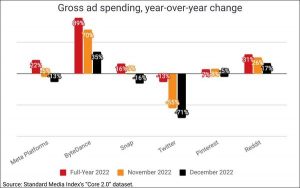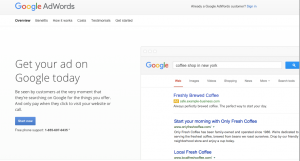
BUNDLE YOUR PRODUCTS
Bundling products makes sense when a product is likely to require complimentary accessories like a camera, smart phone or a computer. This promotes a higher AOV and gross margin for the merchant, while providing a discount and convenience to the shopper. Consolidating separate products into a packaged set leads the shopper away from thinking price and showcases the value and benefits of purchasing a product bundle. The merchant is no longer competing on price– a tactic that is not sustainable for all but a few of the largest corporations.
FREE SHIPPING COMES WITH A THRESHOLD
Shoppers are drawn towards free shipping and free shipping cuts into the merchant’s gross margins. To alleviate some of the financial pain of reduced product margins, clearly define on your site that shipping is free once a price threshold is reached. This not only makes the shopper aware you have a free shipping policy, they will be more inclined to spend a bit more to receive free shipping. You can derive this threshold number by calculating your average order value and average shipping cost, then add these numbers together to set the free shipping threshold.
SHOPPING CART, CHECKOUT UPSELL
When a product is placed in a shopping cart, you may trigger an upsell of similar products with better features and specifications or promote a product bundle that includes the product placed in the cart with complimentary accessories. To upsell at checkout is a bit more challenging, since you don’t want the shopper to exit the checkout process to be upsold. If possible, use an “Add To Order” button to retain the shopper within the checkout process
BUY ONLINE, PICKUP IN-STORE
One of every two shoppers expect to buy online and pick-up their purchase at a local store. This is a benefit to the merchant because they have minimized or eliminated their shipping expense and they have another opportunity to sell to that customer once they arrive at the store to pick-up their online purchase. It is statistically proven that multi-channel shoppers buy more than single channel shoppers; multi-channel shoppers are the retailers MVP.
BUY ONLINE, IN-STORE RETURNS
Studies have shown that 7 of 10 retailers state that product returns are the most costly aspect of multichannel eCommerce. To minimize these costs, merchant should encourage in-store returns to eliminate shipping costs. Another option is to provide free returns only when a customer purchases a threshold dollar amount online. As mentioned with free shipping, calculate what your average order value is and your average shipping cost for returns, then add those numbers together to set your free return threshold policy.
REPEAT CUSTOMERS ARE PROFITABLE
This is more of a goal than a tactic, but the facts bear repeating. A customer who has purchased from you once before has a one in four chance of repeating a second purchase and better than a 50/50 chance if they purchased from you more than twice. Another way to view this is that a repeat customer has a conversion rate of 25-50%, a number any merchant would covet. They not only convert more frequently but their AOV is higher than first time buyers (the top 10% shoppers spend 3x as much as the bottom 90%). If the average online storefront spends 80% of their marketing budget to acquire new customers and just 20% to retain them, think of the additional revenue gained, if these spending metrics were reversed.
(195)









